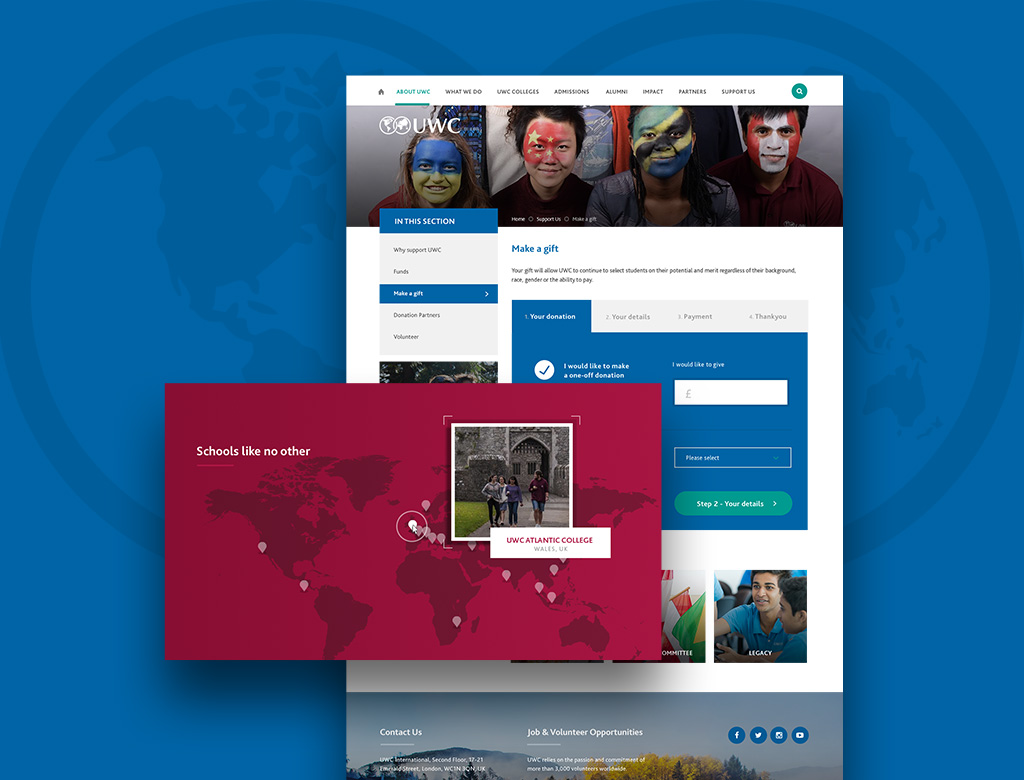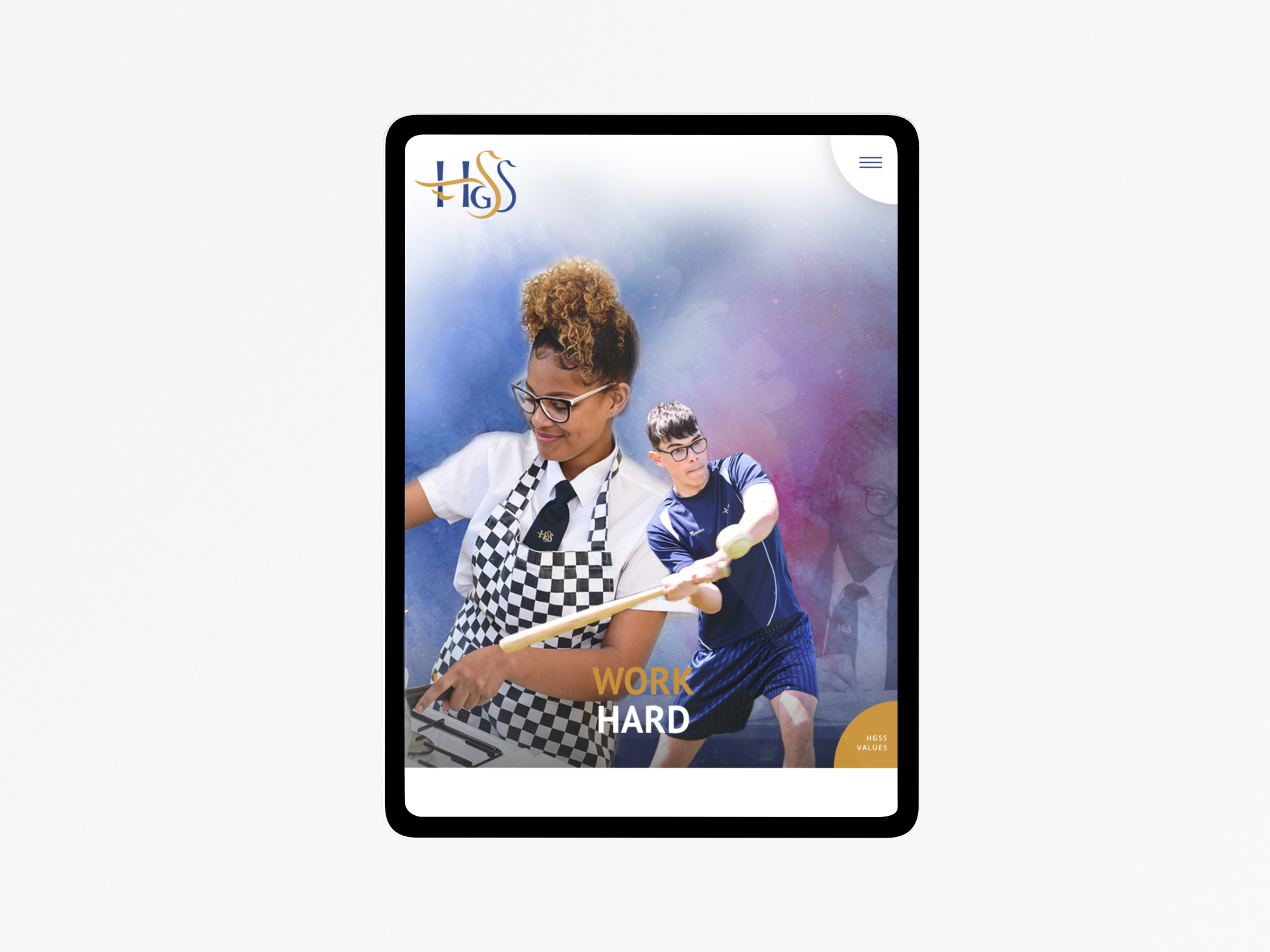There is a common misconception that schools do not need SEO, that search engine optimisation does not apply to them as much as other companies and institutions. This is incorrect and is easily disproved by looking at the search data and therefore the search intent indicators from the search engines.
Google retains over 90% of the search market and with 3.5 billion search queries made in the UK every day they should certainly not be ignored. Google provides data via several platforms including the Keyword Planner and Google Trends. This data allows you to understand exactly how many users search for which key search terms on a monthly and annual trend basis.
Google earned their position by matching these search terms with user intent, simply providing the best most accurate search results against the term that was used. This gives schools an opportunity to not only understand what keywords they should be delivered for but to ensure that it is their website that is delivered to page one when people need it.
Locational Searches
Google created Google My Business (previously places and maps) ostensibly to give local suppliers the opportunity to be delivered over and above larger players with big budgets. They also understand that users often like to trade local.
 Via the verified GMB address process, Google will deliver you to the regional maps results on page one for the services you selected. This section of the search results is known to get approximately 25% of page clicks. It also provides an invaluable review facility and an opportunity to get found in the important 3 pack.
Via the verified GMB address process, Google will deliver you to the regional maps results on page one for the services you selected. This section of the search results is known to get approximately 25% of page clicks. It also provides an invaluable review facility and an opportunity to get found in the important 3 pack.
The 3 pack are the top 3 local results for the region in question, basically the fuller, more active GMB account you have, with the greater number of reviews the more likely you are to be delivered first.
Schools will often say ‘but everyone knows our school is here why do I need SEO?’ That is of course true, but optimisation is often about making sure you are shown if a user does not know you exist. For example, a new parent to the area is likely to put ‘private nursery school + region’ into a search engine. You certainly need to be on page 1 if that is relevant to you and we do know that statistically less than 3% of people will go to page 2.
Another important point to note here is that Google knows your location from your IP address so even if a user does not include a region within their search term, Google will deliver them local results including the Google Maps section.
Your GMB account can also be used to provide questions and answers to the public and provide event information which will be shown up to the time of your event. Perfect for open days, galas, or sports fixtures.
Understanding Search Intent for Schools
Search engine users are now more sophisticated than ever, and they are impatient. This means that if they want a private boarding school for girls only aged 11 plus, they will search for it using long tail key terms. Understanding the keywords and their associated volumes, will allow you to optimise your site for precisely what people search for. The more relevant your page is to the search term then the higher you will be delivered. So, if a competitor optimises for ‘boarding school’ and you choose to optimise for ‘girls boarding school 11 to 18 years’, and this matches the search intent, then your site will be delivered first.
Good on-page optimisation often involves adding pages that match search intent. Having separate pages for year groups, subjects, and enrichment activities etc is advisable. Ideally you need pages that match the search intent exactly, whatever that may be. Boarding school combined with co-operative, private, independent for example but the same applies to nursery, prep, primary, sixth form and so on.
Optimising for Regions
A GMB account and main site pages optimised for your physical location is fine but what about nearby regions from which you run transport links? A parent in these areas is unlikely to include your town/location in their search and they may be unaware that you are transporting pupils from their area. This is particularly important for schools outside of main towns and cities.
What is required is called a ‘regional landing page strategy’. The creation of pages, often not shown on the main nav bar, that are optimised for the target keywords together with the target region i.e. girls boarding school + target region. It follows that these pages should include full information on transport links and access information to reassure the parent.
Internationalisation
 For some schools attracting pupils from overseas is key. This requires the website to be optimised for international keywords which is best delivered via country specific pages or sub folders. Country folders for example can be geo-targeted with your Google Search Console account. Effectively telling Google that this page, this information, is intended for another countries search engine, i.e. Google.fr (France) or Google.de (Germany).
For some schools attracting pupils from overseas is key. This requires the website to be optimised for international keywords which is best delivered via country specific pages or sub folders. Country folders for example can be geo-targeted with your Google Search Console account. Effectively telling Google that this page, this information, is intended for another countries search engine, i.e. Google.fr (France) or Google.de (Germany).
The school then has the option to provide these pages in English or alternative languages.
Again, the search data should be used when making these decisions, for example how many users in France search for ‘Girls Boarding School UK’. Data should drive your decisions, keeping it simple is always recommended. What keywords should you ideally be found for and what regions apply to you?
On-Page Optimisation
On-page optimisation is the process of doing everything you can to the individual web page, including the back end (CMS) to instruct Google to deliver you to page one. There are multiple elements that allow us to do this and some web platforms are much better than others when it comes to SEO functionality.
The important elements include:
- Meta Title (page title)
- Meta Description
- H tags
- Keyword friendly page URLs
- Keyword density in page copy
- Internal & outgoing links
- Anchor text links
- Site structure
- Structured data
All these elements play a part as do external links that exist on other people’s sites coming back to you. These are known as ‘back links’ and are often under-utilised by the school sector where good opportunities exist to create a healthy back link profile. Basically, the more links you have coming back to you from long-established, high authority sites the more important Google will think you are and the higher they are likely to deliver you to results.
Mobile Page Loading Speed
 Some time ago Google started to roll out a ‘mobile first index’. This major algorithm update resulted from the fact that more than 70% of searches are now conducted on a mobile device or a tablet. Google understands that users are impatient, particularly on mobile, so wanted to ensure that users get the best experience. Waiting for a site to load is not classed as a good experience and often results in the user opting out before information is delivered.
Some time ago Google started to roll out a ‘mobile first index’. This major algorithm update resulted from the fact that more than 70% of searches are now conducted on a mobile device or a tablet. Google understands that users are impatient, particularly on mobile, so wanted to ensure that users get the best experience. Waiting for a site to load is not classed as a good experience and often results in the user opting out before information is delivered.
The mobile first index therefore ranks sites by their mobile performance first and foremost. The key priority is to have a site that’s fully responsive so it’s easier for users to navigate from a mobile device. Your site also needs to be fast to load on a mobile device.
Large photo and video can slow your site down considerably so make sure you optimise your visual files before uploading them.
Content Strategy
The old saying ‘Content is King’ has never been truer than today. The Internet is a competitive arena but you can beat the big players with highly relevant, long form content that again, closely matches the users search intent.
You will be familiar with the ‘featured snippet’ result on page one of Google which is followed by frequently asked questions. This total region of search results, when delivered, currently secures 37% of page clicks so a real opportunity to get your content found by new users.
The best strategy here is to research what questions are frequently being researched, see what information is being delivered to the results and set out to beat that content in terms of quality and volume. The longer form the better, 3000 words is optimum combined with additional content including PDF downloads, videos and graphs.
This content strategy is a real win-win, not only does it provide content to compete for featured snippets, but it adds quality, relevant landing pages that improves organic positions.
Search engine optimisation is like most other subjects, it requires knowledge, persistent application, and ongoing maintenance. The opportunities are endless and as search volumes grow, it will only become more important.
This blog was written by Karen James, the Founder of Lilac James SEO based in Cambridgeshire.
- Top Tips
- Popular
- Websites
You might also like...
New year, new start
A new year (calendar or academic) is the chance for a fresh start. Goals are set, mistakes are relegated to the past and there’s generally a feeling of ‘newness’ in the air. Whether you’re looking for a new school website design, wanting to improve your school newsletter f...
DfE Compliance: Displaying your curriculum on your school website
Your school website is key source of information for parents, students, staff and the community, but there is certain content that you must always have visible on your website, and which will be checked by Ofsted inspectors prior to a visit. We have a full guide to all of these requirements which...
